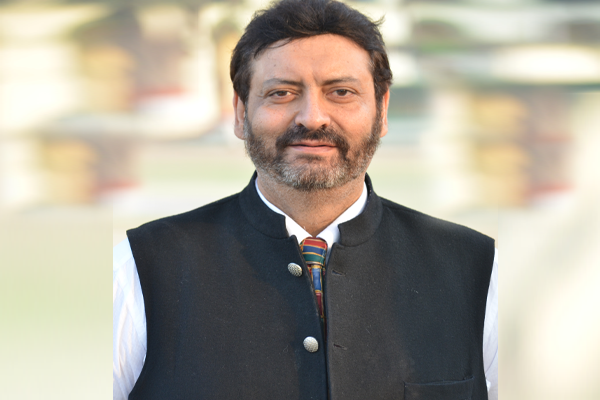

Monish Bhandari, Executive Director, Marketing & Tech Support, OptiMaser
Management of bio-medical waste is still in its infancy, with a great deal of confusion among the generators, operators, decision-makers and the general community regarding safe and optimal management of bio-medical waste. It is observed than 50,000 people die everyday from infectious diseases and one of the major causes for the increase in infectious diseases is improper waste management. Tuberculosis, pneumonia, diarrhea diseases, tetanus, whooping cough etc., are some of the common diseases spread due to improper waste management.
Today, India as a developing country, is in great jeopardy as the amount of bio-medical waste produced is growing with the advancement of developments in medicine. Due to rapid urbanization and an alarming growth in population, bio medical waste management has become one of the major issues of concern. The net amount of waste generated in India is estimated to be 1-2 kg per bed per day in a hospital and 600 gm per day per bed in a general practitioner’s clinic. It is also estimated that in a city like New Delhi with about 40,000 beds generates about 60 metric tons of Bio medical waste per day.
With this rise, many governmental and non governmental agencies have slowly recognized the enormity of the situation and more rigorous studies are being conducted to overcome such odds. While there are plethora of options to consider for BWM,, Microwave technology which is approved by Central Pollution Control Board (CPCB) since 1998 was till 2014 not a serious contender to its archaic alternative of an Autoclave. Now, Make in India product based on microwave is being explored as one of the most feasible methods, owing to its emission free properties, reducing the rate of carbon footprint, in aid of the environment.

Microwave Technology: a messiah in Bio-waste treatment
Microwaves are essentially electromagnetic waves that enter into or penetrate materials, creating vibrations amongst all dipole molecules of mass. At first, a magnetron is used to convert high voltage electrical energy into microwave energy, which is then transmitted into a metal channel called a waveguide that directs the energy into a specific area. The friction of vibrating molecules produces heat instantly throughout the volume thus, making it more uniform. Microwave disinfection channelizes this through its steam based process in which disinfection occurs through the action of moist heat and steam generated by microwave energy. Microwave systems consist of a disinfection area or chamber into which microwave energy is directed from a microwave generator (magnetron). Typically, 2 to 6 magnetrons are used with an output of about 1.2 kW each with some systems designed as batch processes and others are semi continuous.

In comparison to other processes, microwave disinfection systems have a high rate of efficacy and are low on carbon emission, a beneficial factor for both mankind and environment.
Besides this, below are the following salient points of microwave disinfection systems:
- Microwave heating requires shorter heating times
- It is one step biowaste medical treatment and disposal method
- It is eco-friendly as there is no secondary waste generation
- Other materials like glass and needles etc. are sterilized
- The microwave disinfection machines are portable and can be carried from one operational theatre to another.
- The rate of ingenious innovation is high, with 100% rate of disinfection being possible
The awareness on microwave technology may be low yet with time and development, the government is getting convinced with this path breaking technology. During a recent Delhi Pollution Control Committee (DPCC) seminar, the Deputy Chief Minister of Delhi Manish Sisodiya, took great interest in understanding this revolutionary technology and the speaker’s at this August gathering spoke convincingly of the technology and its tremendous potential in India.
With apt incorporation of such disinfection systems, India would be on its way to becoming a developing nation with serious initiatives for infection and epidemic control and thereby ensure citizen safety & health.
Authored by: Monish Bhandari, Executive Director, Marketing & Tech Support, OptiMaser
Be a part of Elets Collaborative Initiatives. Join Us for Upcoming Events and explore business opportunities. Like us on Facebook , connect with us on LinkedIn and follow us on Twitter, Instagram.











